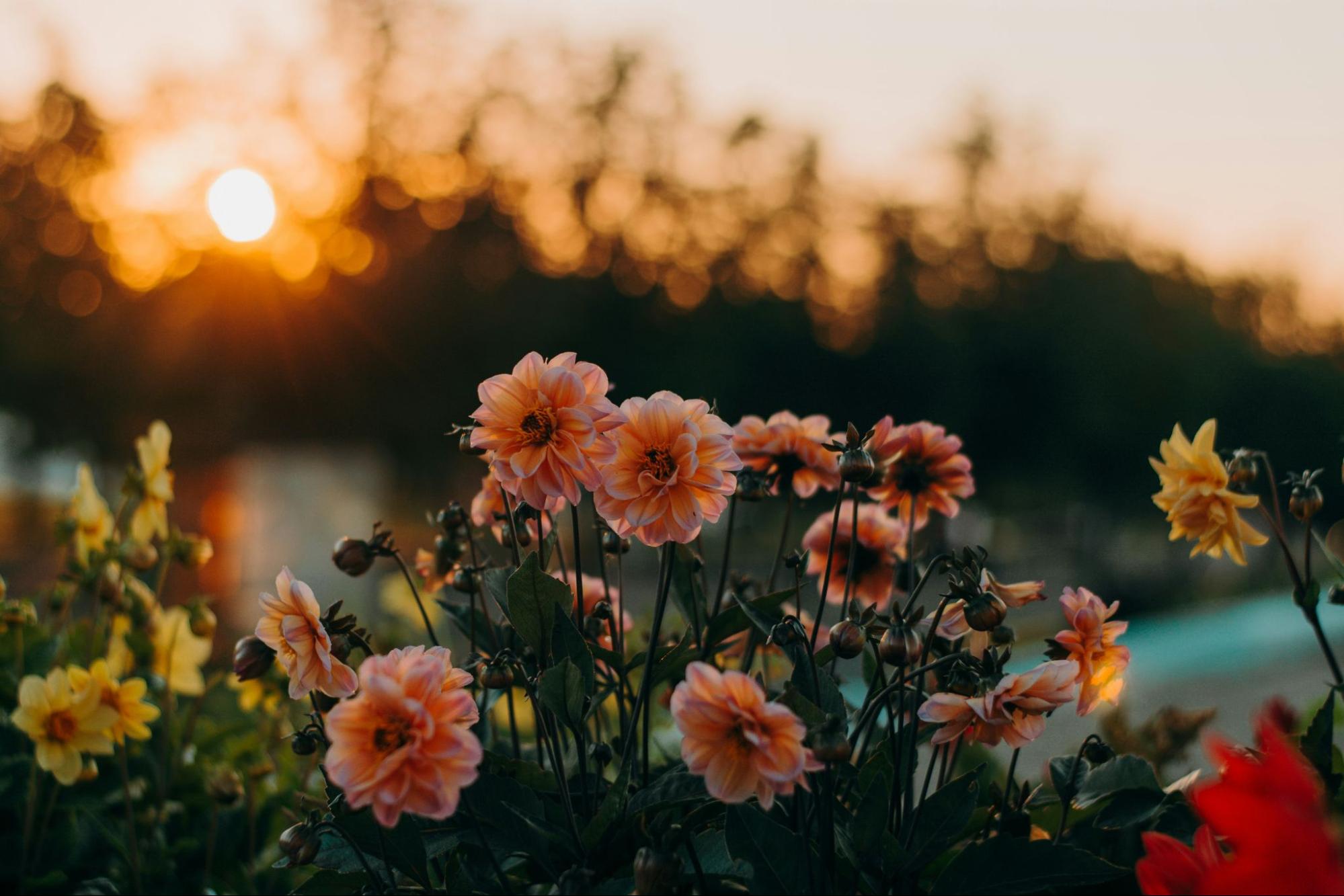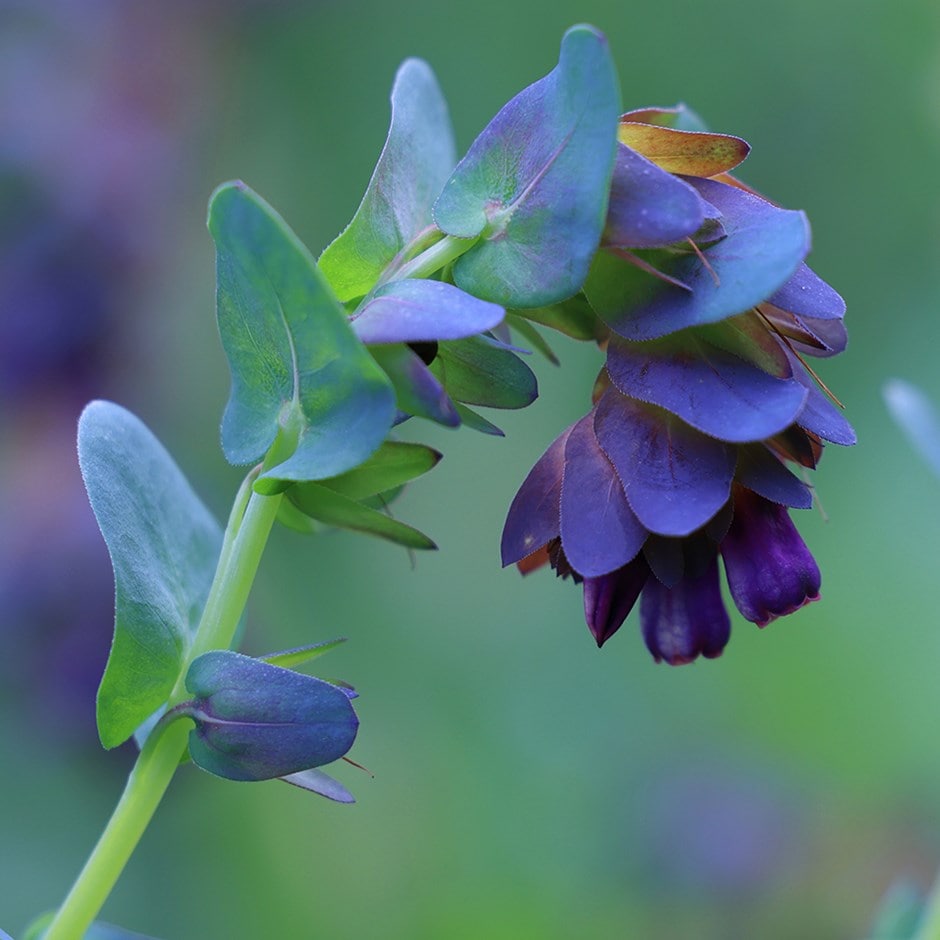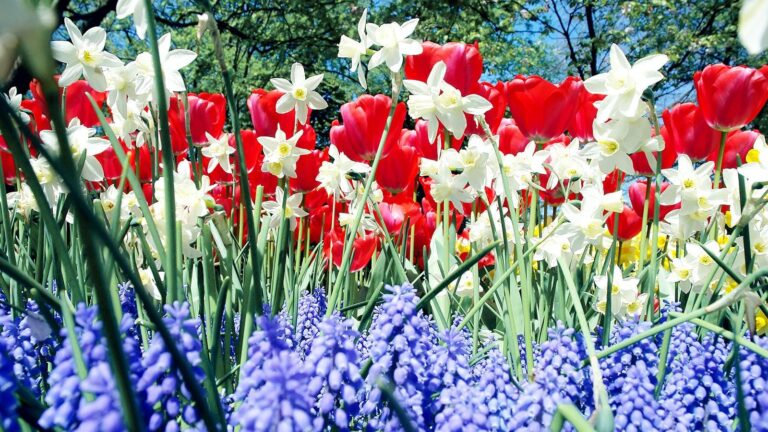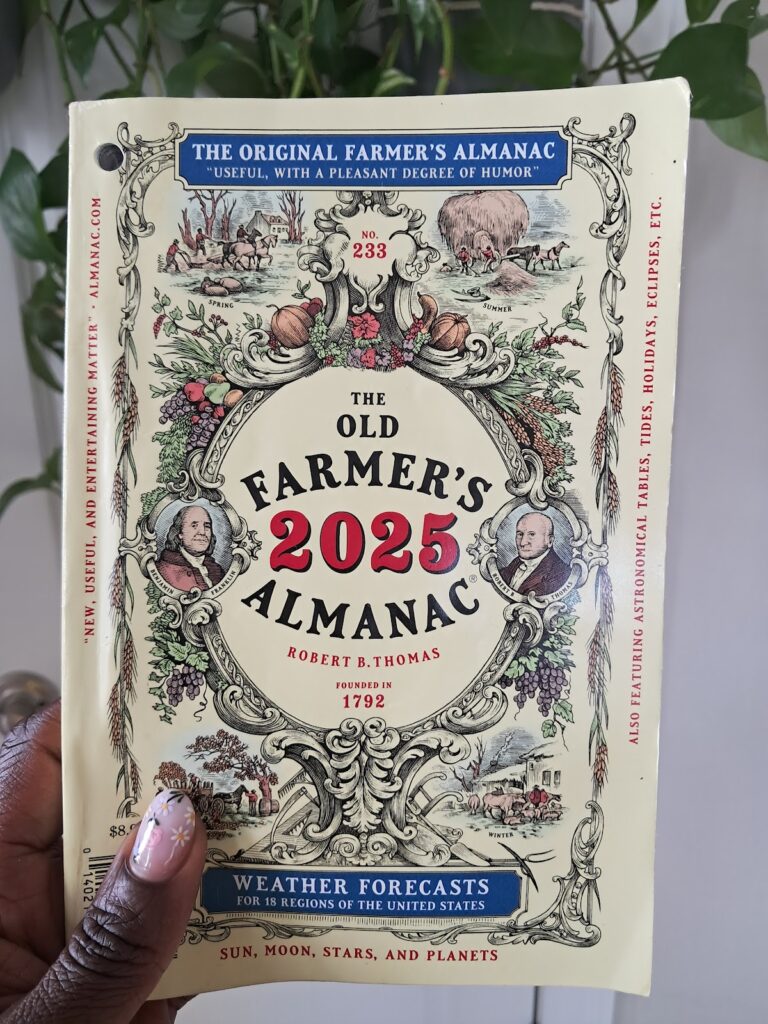A Collection of Plant Eros Poems

A Collection of Plant Eros Poems
An Article for Mature Audiences
February is here. A marker of many celebrations: Black History Month, Valentines Day, Groundhog Day and Presidents Day. February is also when we start to see the beginning markers of Spring. This makes it a notable time of expression after the harshness of winter. And what better way to celebrate the season than with poems of love and seduction?

Throughout history plants have given many people inspiration in poetic literature. One popular poet is Eramus Darwin. Eramus Darwin, the father of Charles Darwin, was a physician and natural philosopher. One of his longest and most popular poems being “The Botanic Garden” which has two parts: The Economy of Vegetation and The Love of the Plants. The Botanic Garden was first published in two volumes in 1792. The poem is written in couplets and includes footnotes.
The first part of the poem, The Economy of Vegetation, was published in 1791. It focuses on scientific discoveries and technological innovations. The second part of the poem, The Love of Plants, was first issued 1789. It was the more popular of the two poems. It celebrated the scientific advances in the study of the natural world. Focusing particularly on the works of Linnaeus, it explained Linnaeus’s sexual classification of plants to a wider audience. Some people deemed the erotic nature of Linnaneus’s terminology to be offensive, anthropomorphizing the plants throughout his description.
Here a passage from “Canto 1: The Temple of Nature, or, The Origin of Society By Eramus Darwin”.

IMMORTAL LOVE!
WHO ERE THE MORN OF TIME
ON WINGS OUTSTRECTH’D
O’ER CHAOS HUNG SUBLIME
WARM’D INTO LIFE
THE BURSTING EGG OF NIGHT,
AND GAVE YOUNG NATURE
TO ADMIRING LIGHT!
-ERAMUS DARWIN
Carl Linneaus was the inspiration behind many of Eramus Darwins work. Carl, known as the “father of modern taxonomy”, was a biologist and physician. He formalised binomial nomenclature, the modern system of naming organisms. One of the many controversies around Linneaus was his work on the classification of man’s forms, one of the 18th century roots of modern scientific racism. There have been many flaws in recent studies with the Linnaean classification system. For example, it doesn’t account for molecular level differences.
Carl’s way of anthropomorphising plants is also captured in some of his writings, which helped to bust the myth that there is no sexual engagement amongst plants. The following is a famous quote from Linneaus.

The flower’s leaves . . . serve as bridal beds which the creator has so gloriously arranged . . . and perfumed with so many soft scents that the bridegroom with his bride might there celebrate their nuptials with so much greater solemnity. When now the bed is so prepared, it is time for the bridegroom to embrace his beloved bride and offer her his gifts.
– Carl Linneuas
Linda France is a poet, writer, and editor who made history by winning the National Poetry Competition with her erotic botany story entitled “Bernard and Cerinthe”. When asked for the inspiration behind her award winning poem she quoted, “It was at the end of August and there was a plant I had never seen before – Cerinthe major purpurascens – and I was just astonished by it. It was a very intense blue and the leaves were silvery green….they’re quite thick, almost waxy, fleshy. That’s one of the things I’m drawn to about plants – they express this tremendous ‘otherness’ but they just stay there and let you respond to them, unlike a bird or animal that disappears . A plant remains for you to give your attention.”
Linda France has won numerous awards and fellowships, including the National Poetry Competition in 2013 and the Laurel Prize in 2022.

Bernard and Cerinthe
by Linda France
If a flower is always a velvet curtain
onto some peepshow he never opens,
it’s a shock to find himself sheltering
from the storm in a greenhouse,
seduced by a leaf blushing blue
at the tips, begging to be stroked.
He’s caught in the unfamiliar ruffle
of knickerbockers or petticoat, a scent
of terror, vanilla musk. If he were
not himself, he’d let his trembling lips
articulate the malleability of wax;
the bruise of bracts, petals, purple
shrimps; seeds plump as buttocks,
tucked out of harm’s way, cocos-de-mer
washed up off Curieuse or Silhouette.
But being Bernard, he’s dumbstruck,
a buffoon in front of a saloon honey
high-kicking the can-can. Can’t-can’t.
He attempts to cool himself, thinking
about sea horses, Hippocampus erectus,
listening to the rain refusing to stop,
soft against the steamed-up glass.
A Love for the Ages
The botanical realm has inspired eros works of arts for centuries from literature to visual art. The love for plants is one that will last for a lifetime for many nature enthusiasts and plant parents.
Here are some other links to Ero Botany Poems:
Want to give your plants a little extra love and attention this Valentine’s season?
Contact HousePlantSitter to get assistance from our plant experts



